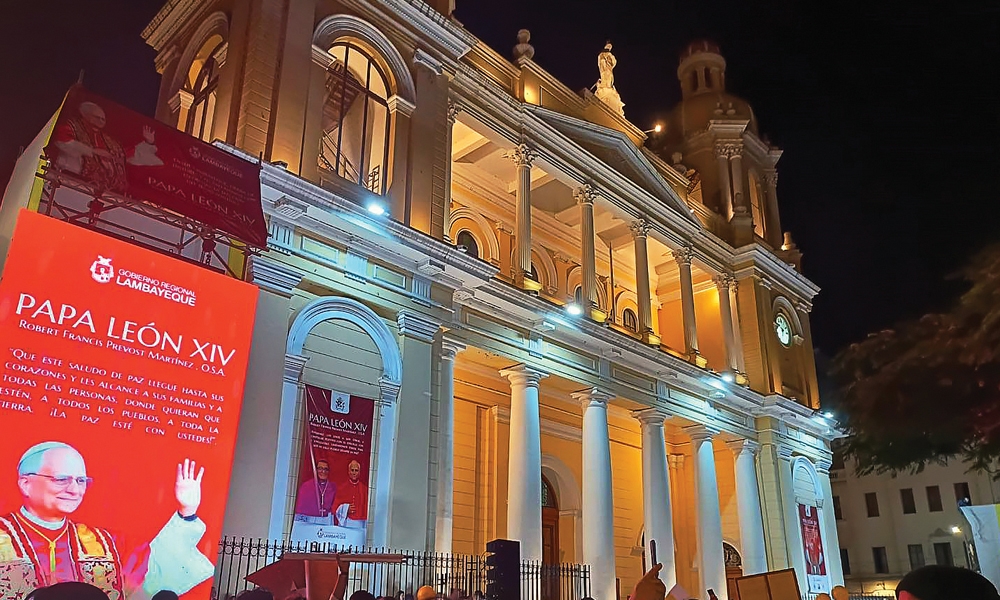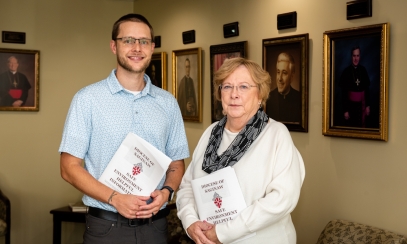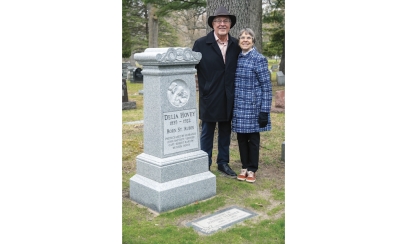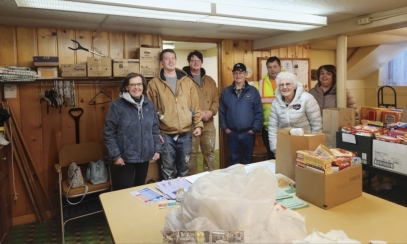
The Diocese that formed the pope
A reflection from a Peruvian American priest on Pope Leo XIV
A reflection from a Peruvian American priest on Pope Leo XIV
When Pope Leo XIV appeared on the loggia of St. Peter’s Basilica on May 8, he primarily greeted the Universal Church in Italian. But he also said a few words in Spanish, and I was shocked to hear him mention a place I know very well.
When Pope Leo XIV appeared on the loggia of St. Peter’s Basilica on May 8, he primarily greeted the Universal Church in Italian. But he also said a few words in Spanish, and I was shocked to hear him mention a place I know very well.
“And if you also allow me a brief word, a greeting to everyone and in particular to my beloved Diocese of Chiclayo in Peru, where a faithful people has accompanied its bishop, shared its faith and given so much— so much— to continue being a faithful Church of Jesus Christ,” he said.
Before that moment, hardly anyone knew where the Diocese of Chiclayo is located. But now, everyone knows. Chiclayo is to Pope Leo XIV as Kraków was to Pope St. John Paul II.
I grew up in the Diocese of Chiclayo, Peru, and most of my family members live within the boundaries of that diocese. I was born in Lambayeque, just seven miles away, and I was baptized at the Santa María Catedral (St. Mary Cathedral) in Chiclayo. Never in a million years— and I don’t exaggerate— would I have thought that decades later, Bishop Robert Prevost, who led the Diocese of Chiclayo from 2014 to 2023 from that very same cathedral, would be elected as the Successor of Peter.
Pope Leo XIV’s greeting to the parishioners of the Diocese of Chiclayo was a very kind gesture, revealing that it was in Chiclayo where he learned how to be a shepherd as a bishop. And he is now the Bishop of Rome, the Shepherd of the Universal Church.
The reaction of the faithful of Chiclayo to the Pope’s election has been overwhelming. Celebrations took place daily, but especially on the two weekends after the conclave.
People rushed to Santa María Catedral en masse to celebrate Mass with Bishop Edinson Edgardo Farfan, OSA, who succeeded Bishop Prevost. My sister Andrea and niece Mariajosé were part of the celebrations, and they sent me videos of the festivities, complete with yellow and white balloons, banners depicting “Papa León XIV” and music.
While Pope Leo XIV was elected in a formal conclave, the popular acclamation is seen on the streets. Restaurants throughout Chiclayo display signs with the Vatican flag advertising, “The Pope ate here,” or, “Dine here, like the Holy Father does.”
Bishop Prevost also administered the Sacrament of Confirmation to my nephew Eduardo André during the pandemic. When Pope Leo was announced, my sister texted the family: “It was him! I remember! It was Monseñor Roberto!”
He also led the diocese through the devastation of a major flood. He is remembered for being present to his people. He was “a shepherd with the smell of the sheep,” as Pope Francis would say.
Bishop Prevost’s ministry stretched beyond the Diocese of Chiclayo. As an Augustinian missionary priest, he also served the people of Chulucanas in northern Peru. He ministered in the rainforest and mountains during the most difficult times of the Peruvian internal conflict of the late '80s and mid-'90s. He served at the mission in Trujillo, where he formed future priests. He taught canon law, moral theology and patristics (the lives and writings of early theologians). He studied mathematics, philosophy and canon law and served in many ways in many different places. He is a smart man, rooted in the tradition of the Church.
But his life in Peru was paused in 1999 when he was called back to the USA to lead the Augustinians of his province and then to become the prior general of the Augustinians for the entire world. He visited the missions of his congregation in the most remote areas. This put him in contact with the Church at large, experiencing what the Church truly is: catholic, meaning universal.
He was called back to Peru, though, in 2014 to lead my home diocese of Chiclayo. By that time, he already knew how to be a priest and missionary. But it is there, among my fellow Chiclayanos, where he learned to be a bishop. It is there, by visiting the parishes of the Diocese of Chiclayo, that he learned to love the flock of Jesus in a particular part of the world.
Chiclayo is no small diocese. As of 2022, it included 1.12 million Catholics served by 130 priests. The city of Chiclayo itself has a population of 500,000 people. There, “Monseñor Roberto,” as he was known, was loved for his simplicity, empathy and listening spirit. He visited all the parishes of the diocese multiple times. He organized many local pilgrimages to the various shrines of the Diocese: The Cross of Motupe, the Shrine of Our Lady of Peace, El Señor Cautivo and the site of the Eucharistic Miracle of Eten.
What remains in people’s memories is that he ate their food and shared in their sorrows. He even visited my home parish of San Pedro in Lambayeque, where I was an altar boy as a child. And he was sad when he had to inform the faithful of Chiclayo of his departure when Pope Francis called him to Rome in 2023 to lead the Dicastery for Bishops and to make him a cardinal.
But his heart was always in Peru.
You can take the man out of Peru, but you can’t take Peru out of the man.
He loved Peru so much that after decades living there, he became a Peruvian citizen in 2015. Yes, Pope Leo XIV is an American citizen by birth, he is a Peruvian citizen by choice, and now he is a citizen of Vatican City State. But he is, above all, a citizen of the Biblical Jerusalem (Phil. 3:20) and towards that destination he is leading us all as pilgrims.
Thank you, Pope Leo, for saying ‘yes’ to the Lord and for walking with us to our true homeland.



